I'm currently building an iPhone app for a client which will be distributed in-house. My Client has just created their Enterprises Developer account in Apple.
I have created a website for the client to download test versions of the app wirelessly, through instructions given by apple here: Distributing Enterprise Apps for iOS 4 Devices. These tests have been done through my Standard account using an Adhoc profile which has their devise UDID's listed.
I am now trying the deploy the app using their Enterprises account. I created the In-house provisioning file. I also created an archive of the app and created the .ipa file for distribution using this profile.
The problem I am having occurs when I try to download the app. When I go to the site I created to download the app, I can see the app downloading on my iPhone, the wording under icon says: "Loading...". Then the wording changes to "Installing...". Once the progress bar finishes the app disappears. I also noticed the in-house provisioning files installed on my device.
I repeated the process several times on multiple devices, both devices that are I have used for testing this app and those I have not even used this app in. I even tried removing all the provisioning files on one device. Same process happens and the in-house provisioning file gets automatically installed again.
What exactly is wrong or am I not doing?
Thanks.


